Any vegan will tell you that the most common question they are asked is ‘but where do you get your protein?’ There’s no denying the concern behind this question — however, in the grand scheme of things, protein should not be the highest thing on the list of worries when choosing to eat this way.

Worry is a common emotion that pops up whenever a vegan diet is discussed, which can be warranted to an extent. A vegan diet can be a healthy, sustainable and nourishing way of eating and living, but there are a few key nutrients which demand close attention and thoughtful planning to avoid deficiency – protein is not one of them.
Vitamin B12/ Cobalamin
Deficiency of B12 is common in vegan diets because the human body cannot make it itself, nor can plants. It is possible to attain some B12 from bacteria or fungi microorganisms found living on plants like mushrooms, seaweeds and algae, but the amount is very small. The liver does store B12 for up to 2 years, so levels may appear sufficient on blood tests in the first two years of eating strictly vegan. Deficiency of B12 may cause anaemia and/or nerve damage.
To meet your B12 needs, your options include:
a) Fortified Foods – B12 is added during the production of foods like non-dairy milks, meat substitutes like tofu and tempeh, as well as some types of nutritional yeast.
b) Supplements – a good quality supplement will keep your B12 levels in check. Look for a sublingual B12 supplement sourced from methylcobalamin or hydroxycobalamin, rather than cyanocobalamin.
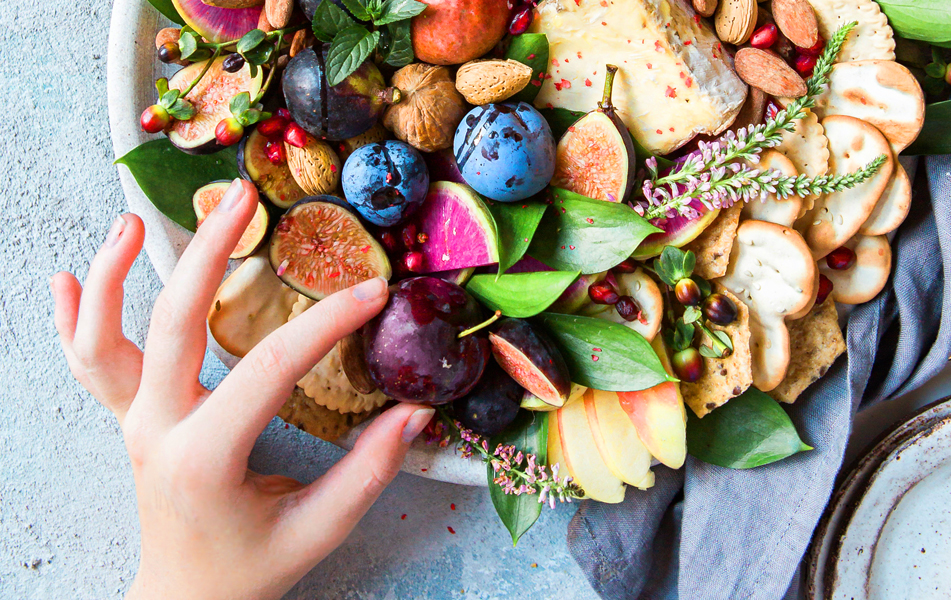
Zinc
Unfortunately, zinc is not found in large amounts in plant foods, so the secret to meeting your zinc levels on a vegan diet is variety. Enjoying a wide range of legumes, nuts, seeds (especially pumpkin seeds) and whole grains, will ensure you’re on the right track. Zinc is a major component of many enzymes, maintains the structure of proteins and maintains gene expression. It’s important to note that zinc and iron compete with one another for absorption, so if you’re supplementing with either of these minerals, keep supplementation away from one another; take your iron in the morning and zinc at night.
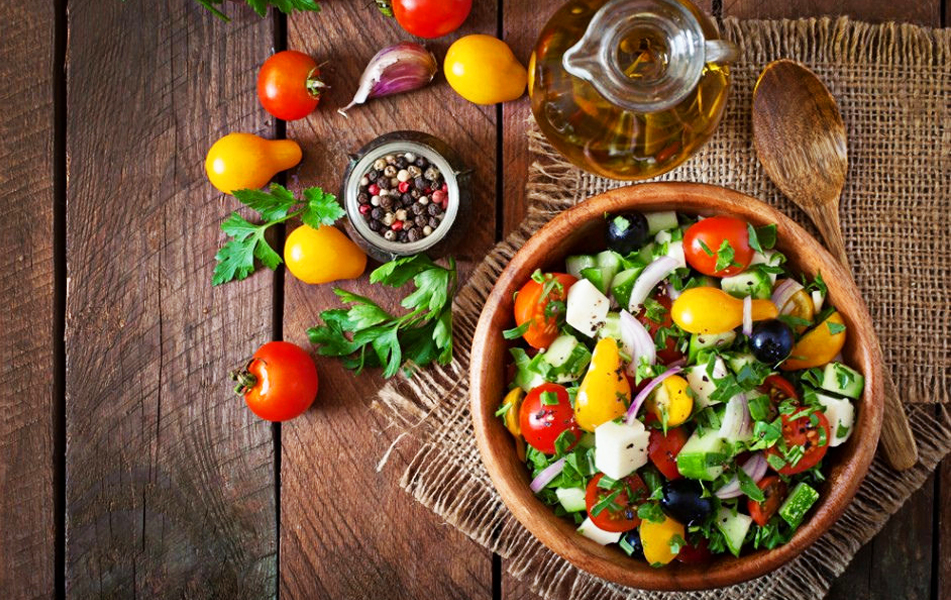
Iron
The amount of bioavailable iron found in plant-based foods is far lower than animal sources. Vegan iron sources include lentils, black strap molasses, tofu, sesame, spinach/silver beet, watercress, and nuts like almonds, cashews and pine nuts. There are also a few things to consider when relying on vegan iron sources:
a) Vitamin C aids iron absorption in the body. Enjoying iron-rich foods with high vitamin C vegetables like capsicum, brussels sprouts, snow peas and cabbage. A squeeze of lemon juice will also do the trick!
b) The tannins found in tea and coffee inhibit absorption of iron in the body, so avoid drinking these at meal times.
“Key nutrients required for a well planned vegan diet–
how to avoid deficiency and feel your very best.”
Omega-3 Fatty Acids
Omega-6 and omega-3 fatty acids are essential components in a healthy body. The Western diet typically sees a ratio of these at 20:1 omega-6s to omega-3s, but it should be more like 5:1. Omega- 6 and omega-3 have the unique ability to convert into pro-inflammatory (omega-6) and anti-inflammatory acids (omega-3). This is why the 5:1 ratio is more desirable.
Avoiding over-consumption of high omega-6 grains like wheat and corn and concentrating instead on whole grains and omega-3 rich consumption of walnuts, flaxseeds and dark leafy greens will help to balance your personal ratio. This also relies upon a well-functioning gut to ensure that the body’s ability to extract the anti-inflammatory benefits from within omega-3 foods is high. Omega-3 also plays a structural role in the body and is critical for a healthy immune system. Non-vegans obtain omega-3 from oily fish also, which is why it’s often deemed as a hard nutrient for vegans to meet.
Protein
Although it’s not the biggest cause of concern where vegan diets are concerned, protein still deserves a mention. There are many benefits associated with reducing animal protein intake, but what you choose to replace this with is also crucial. Good vegan protein sources are easy to find, they just require a commitment to variety and some thoughtful combination.
Amino acids are the building blocks of protein; they provide structure to the body and make up our tissues including muscle, produce hormones and enzymes, and assist the transport of oxygen throughout the body. Animal products and soy products (milk, tofu, tempeh) are referred to as‘complete’ proteins because they contain all the essential amino acids the body can’t make itself. Quinoa, amaranth, hemp and chia seeds also contain all the essential amino acids– this is rare for plant- based foods (but great for you!).
Legume protein sources like black beans, chickpeas and lentils contain all essential amino acids except for methionine. Grain protein sources like buckwheat, rice and oats lack lysine. To ensure you’re eating a complete protein, you simply need to eat your legumes and grains together, or at least just in the same day.When combined, the two cancel out what each other lack on their own.
REFERENCES
1. Clarys et al, 2014. Comparison of Nutritional Quality of the Vegan, Vegetarian, Semi-Vegetarian, Pesco-Vegetarian and Omnivorous Diet, Nutrients, Volume 6, March.
2. Craig WJ, 2009. Health Effects of Vegan Diets, The American Journal of Clinical Nutrition, Volume 89, March.
3. Fox N & Ward K, 2008. Health, ethics and environment: A qualitative study of vegetarian motivations, Appetite, Volume 50, pp. 422-429.
4. Key TJ, Appelby PN & Rosell MS, 2006. Health effects of vegetarian and vegan diets. Proceedings of The Nutrition Society, Volume 65, pp.35-41.
5. Linnel JC & Matthews DM, 1984. Cobalamin metabolism and its Clinical Aspects, Clinical Science, Volume 66, February, pp. 113-121.
6. Messina L & Mangels AR, 2001. Considerations in Planning Vegan Diets: Children,Journal of the American Dietetic Association, Volume 101, pp. 661-669.
7. Montario CAet al, 2011. Increasing consumption of ultra-processed foods and likely impact on human health: evidence from Brazil, Public Health Nutrition, Volume 14, pp. 5-13.
8.Oh R & Browns DL, 2003. Vitamin B12 Deficiency.,American Family Physician, Volume 67,pp. 979-986.
9. Schwartz K et al, 2001. Investigation of plant extracts for the protection of processed foods against lipid oxidation, Eur Food Res Technol, Volume 212, pp. 319-328.
10. Steinkraus KH, 1994, Nutritional Significance of Fermented Foods. Food Research International, Volume 27.
11. Varner GE, 1994. In Defense of the Vegan Ideal: Rhetoric and Bias in the Nutrition Literature, Journal of Agricultural and Environmental Ethics, Volume 7, pp. 29-40.



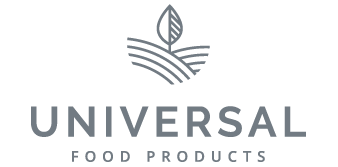

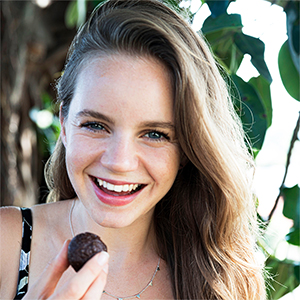
This is a nice recipe, thank you for the brilliant write up.